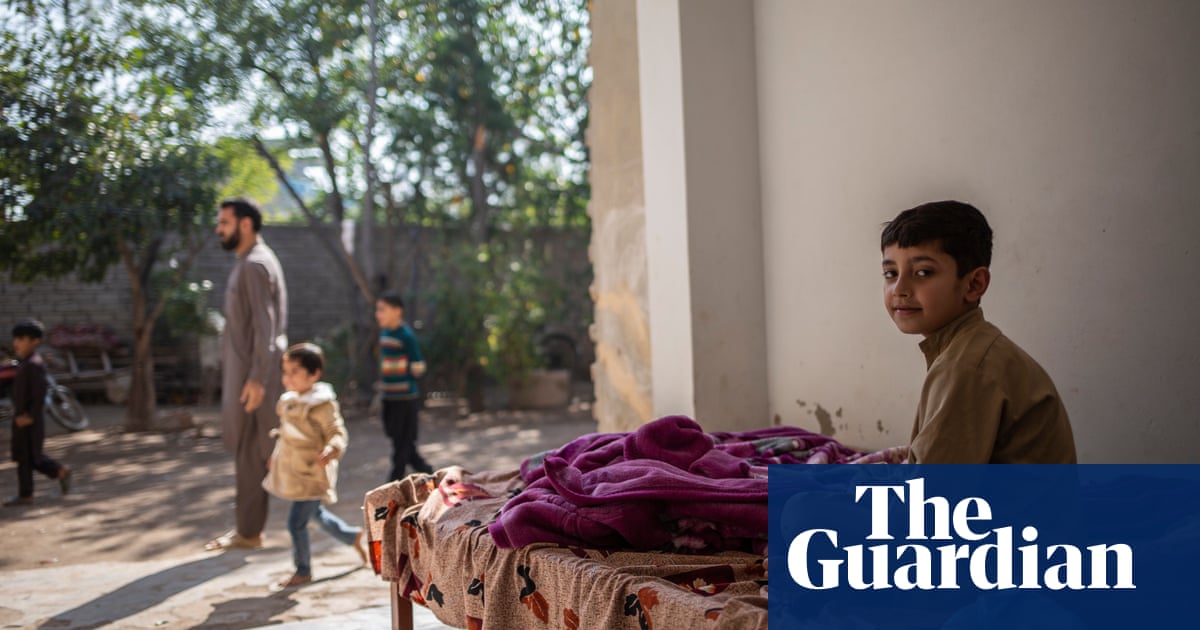Typhoid, also known as enteric fever, is an infection caused by contaminated food or water. If left untreated, it kills one in five. But the cure is a simple course of antibiotics. Most people, if they get the drugs promptly, should start recovering within a few days.
But the antibiotics used to cure typhoid are now failing. The bacteria, Salmonella typhi, have developed resistance to the antibiotics meant to kill them. It’s a pattern repeated across the world; the problem of resistant infections is global and borderless. And children across the village – on the outskirts of Peshawar, northern Pakistan – had been falling ill.
The hospital was rammed. On the children’s ward, each single bed held four or five patients.
“Typhoid was once treatable with a set of pills and now ends up with patients in hospital,” says Jehan Zeb Khan, the clinical pharmacist at the hospital.
Infection was caused by extensively drug resistant (XDR) typhoid – a strain of “superbug” that emerged in Pakistan in 2016. XDR-typhoid is resistant to almost all of the antibiotics that are supposed to treat the disease, so options are limited and death rates are higher.


